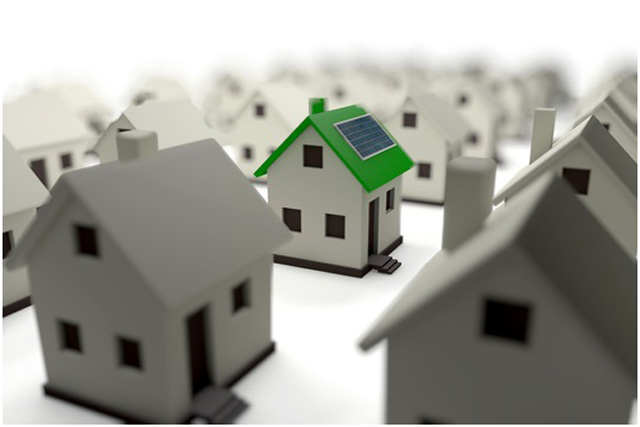If you’re like many people, technology inevitably plays a big role in your everyday life. You take calls on the go, check your email from virtually anywhere and share photos with friends around the world. But truthfully, those advances are just small potatoes compared to what technology can do to help you save money on your home energy costs.
Looking for ways technology can play a bigger role in decreasing your monthly utility costs and lowering your carbon footprint? Here are several ideas to make your home more energy efficient.
Smart Thermostats
The journey toward saving money on your home energy costs starts with investing in a smart thermostat, like those sold by Nest. These devices help to reduce your monthly utility bills by learning the temperatures you prefer throughout the year. And thanks to cloud computing, the Nest can integrate weather forecasts into an algorithm, so that your home becomes warmer when temperatures drop to the single digits and cooler during a long heat wave.
While the average cost of a Nest thermostat is around $250, the investment is minimal compared to the savings you’ll realize over time. According to Mashable, while the average energy costs for a U.S. home is $1,000 annually, adding a Nest or other similar smart thermostat can help you save up to 30 percent on those costs each year.
Connected Devices
In addition to smart thermostats, connected home devices like wireless outlet controls can help you save a bundle. These devices plug into your wall outlets and can be controlled wirelessly from a host of devices, including smartphones, tablets or any desktop or laptop computer. Once plugged in, wireless outlet controls enable you to control the settings for your lamps, thermostat or space heater from virtually anywhere.
And these devices are continuing to soar in popularity. An estimated 1.8 billion connected home devices are expected to be sold by 2019, accounting for $490 billion in projected revenue, according to the Shelton Group. Currently, 84 percent of all smartphone and tablet owners plan to buy a connected home device within the next 12 months, and nearly 20 million homes will have a smart thermostat or smart lighting by year’s end.
SMART Appliances
Appliances are getting an energy-saving tech makeover, too. Through advanced technology, efficient washing machines and low-flow shower heads will save you money when you wash your clothes or take a shower, respectively. For example, SMART washing machines can sense your load size and adjust the amount of water needed for a specific cycle. Meantime, low-flow shower heads can help you achieve your water-savings goals and also let you enjoy a hot shower during the dead of winter.
Irrigation Costs
Smart technology continues to provide more and more benefits inside homes, but what about your yard? As it turns out, there are apps for that, too. Smart sprinkler systems, like the GreenIQ Smart Garden irrigation system, let you monitor your water usage remotely, as well as schedule when your sprinkler heads turn on throughout the year.
But that’s not all. With the GreenIQ Smart Garden and other similar systems, you can set your sprinklers to turn on based on the weather forecast for your area, providing you tremendous cost savings. In fact, this offering can help you save as much as 50 percent on your home irrigation costs.
Home, the iPhone Way
All these smart home innovations can play a key role in lowering your carbon footprint, but many tend to work better through a central control system. For example, the Apple iPhone 7 Plus delivers with its native Home app, which allows you to easily and securely control your home’s systems and accessories remotely. With the Home app, you can tell Siri to turn off the lights from your iPhone or see who’s at the front door on your iPad.
When it comes to saving money on energy costs through technology, there are plenty of ways to integrate smart solutions into your home and save a bundle in the process. Of course, once you scratch the surface, you may be surprised by the slew of technology at your fingertips. But just remember — this is only the beginning.



